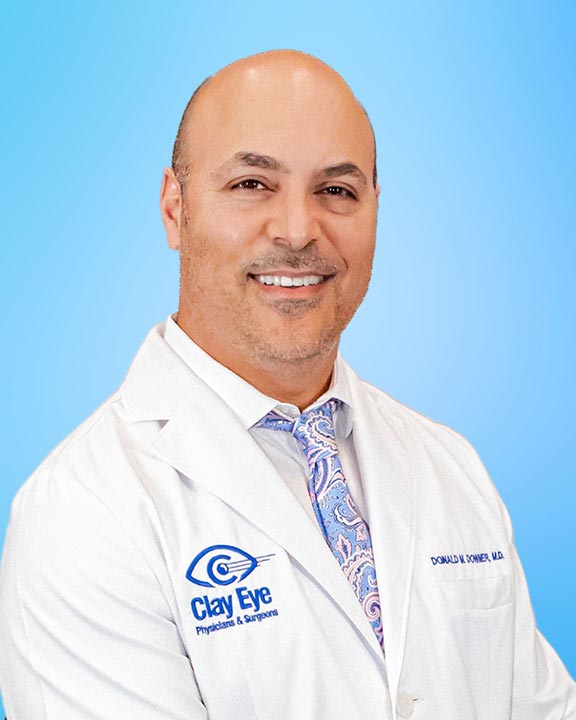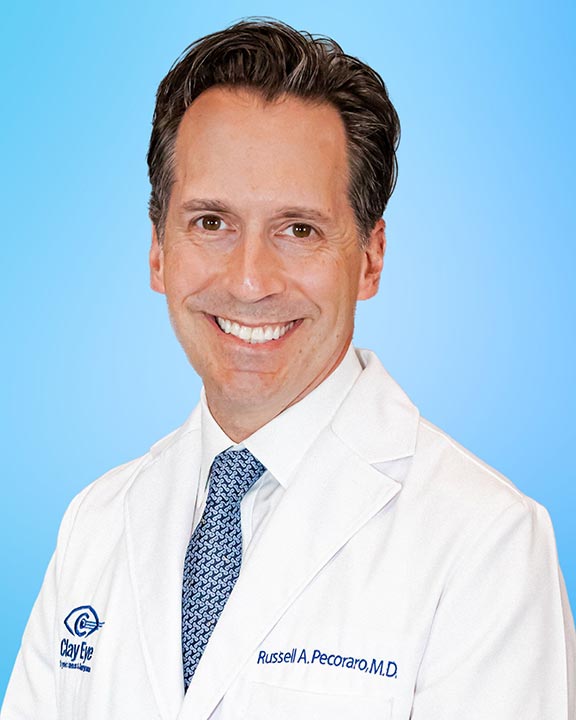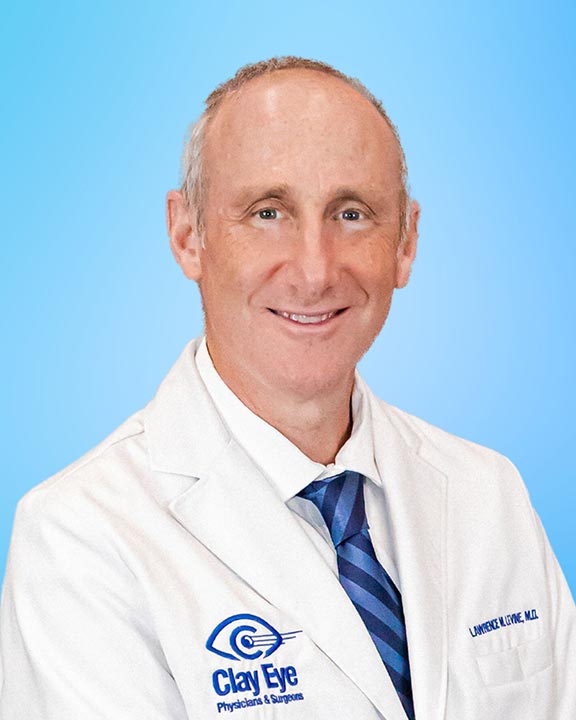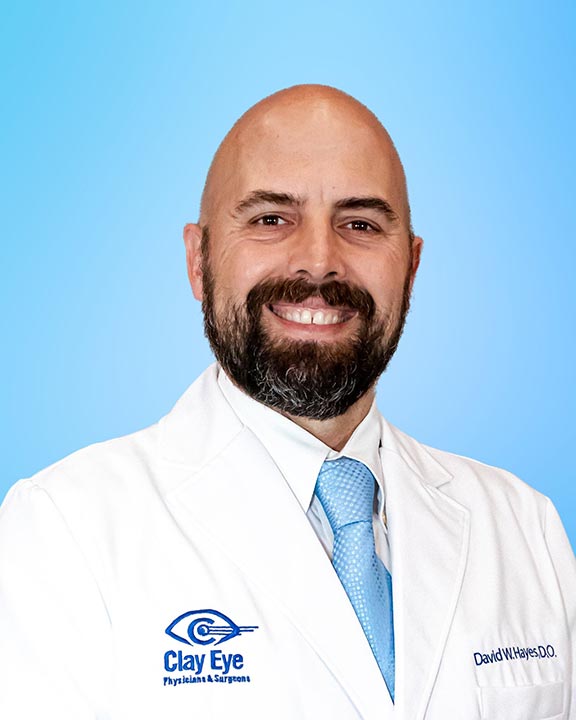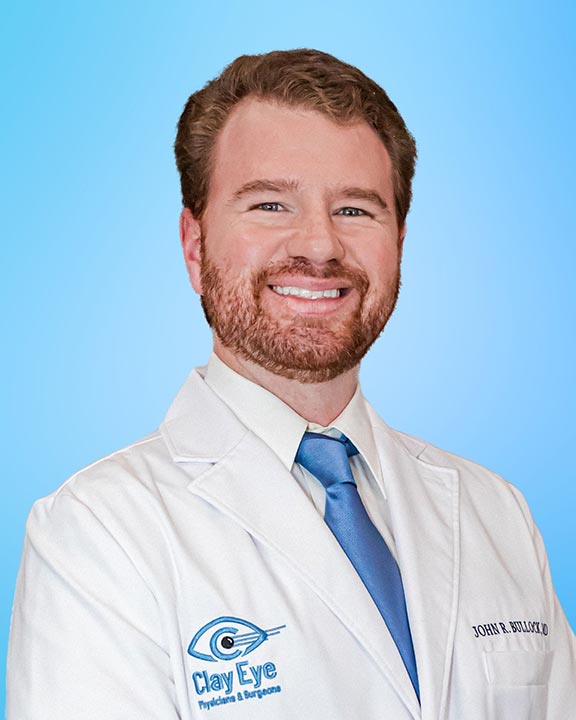What Are Cataracts?
A cataract is a gradual clouding of the eye’s natural crystalline lens. The lens assists with focusing light rays onto the retina, which in turn translates the image to the brain. After the cataract starts to cloud, it is impossible to return the lens to its clear state with drugs or medications. Laser Cataract Surgery will be required. Some people think cataracts are a growth on the outside of the eye, but it is a clouding effect occurring with the lens located inside your eye just behind the pupil. Various factors may increase the onset of a cataract, but virtually anyone who gets old enough will sooner or later develop cataracts. The National Eye Institute (NEI) has listed UV radiation and cigarette smoking as being potentially likely to increase the development of cataracts.
What Are Cataract Symptoms?
What is Laser Cataract Surgery?
If you are like most patients first starting to experience the onset of cataracts, you might not even be aware you have cataracts. Many people will suffer for years with cataracts as they “ripen” and mature with cloudiness. Most cataract patients complain about a dullness of colors and night driving problems. Cataracts will gradually limit a person’s ability to do simple and basic lifestyle things like reading a paper, driving, seeing road signs and even exercising. About 50% of people over the age of 60 and many younger than that suffer from cataracts. In fact, cataracts are so common, it is said that everyone will develop a cataract if they live long enough.
Laser Cataract Surgery used to be a very complicated procedure; but with the advent of phacoemulsification pioneered by Charles Kelman in the late 1960s and early 1970s, modern cataract surgery is much safer, simpler and effective. According to the American Academy of Ophthalmology, more than 3 million people have cataract surgery each year. It has become one of the most common medical surgeries performed in the United States. Now, with modern Laser Cataract Surgery techniques, it has become an outpatient procedure which typically takes about 10-15 minutes to complete per case. The Florida cataract surgeons at Clay Eye are all excellent surgical ophthalmologists, well skilled in Laser Cataract Surgery and lifestyle lens implantation. They can explain the various vision correction options for after Laser Cataract Surgery and can explain how to put you on a path to seeing better without complete dependence on glasses.
Premium Lens Options
If you are seeking a lifestyle lens implant or Multifocal lenses, our practice has a complete set of lens implant options unmatched by other practices in the area.
Cataract Self-Test
If you are seeking a lifestyle lens implant or Multifocal lenses, our practice has a complete set of lens implant options unmatched by other practices in the area.
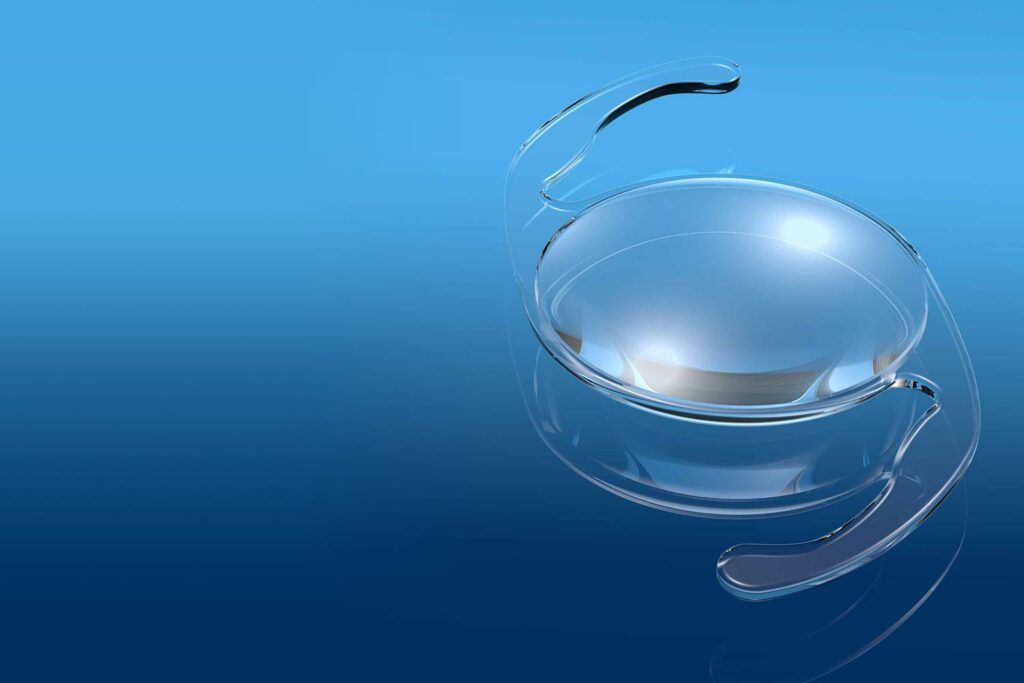
Premium Lens Options
If you are seeking a lifestyle lens implant or Multifocal lenses, our practice has a complete set of lens implant options unmatched by other practices in the area.

Cataract Self-Test
If you are seeking a lifestyle lens implant or Multifocal lenses, our practice has a complete set of lens implant options unmatched by other practices in the area.
Multifocal Lens Options
Advanced Multifocal Lens
An Advanced Multifocal Lens can provide you with high-quality vision at several distances.
The Advanced Multifocal Lens is an implanted lens that significantly improves vision after cataract surgery and corrects presbyopia. If you enjoy activities such as reading, playing golf or surfing the internet, the Advanced Multifocal Lens is the ideal lens for an active lifestyle.

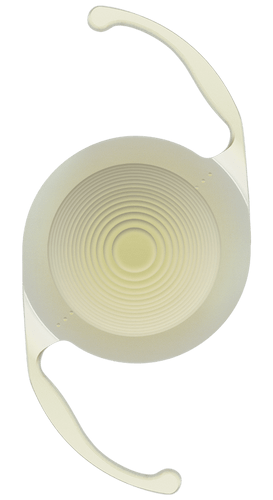
Advanced Technology Toric IOL
An Advanced Technology Toric Lens can be selected to provide either near or distance vision as well as correcting astigmatism.
The unique design of the Advanced Technology Toric Lens makes it possible to reduce or eliminate corneal astigmatism and significantly improve uncorrected distance vision, independent of eyeglasses and contact lenses.
Advanced Technology Monofocal Lens
The Advanced Technology Monofocal Lens allows you to see well at one distance only (usually far), if astigmatism or other ocular conditions don’t exist.
This lens does not offer near vision or guarantee intermediate vision. You will likely need reading glasses to view objects clearly up close.
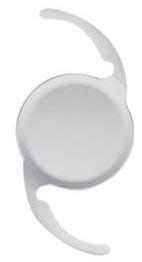

Advanced Technology Toric IOL
An Advanced Technology Toric Lens can be selected to provide either near or distance vision as well as correcting astigmatism.
The unique design of the Advanced Technology Toric Lens makes it possible to reduce or eliminate corneal astigmatism and significantly improve uncorrected distance vision, independent of eyeglasses and contact lenses.
After Cataract Surgery
Recovery from surgery is generally very quick with most patients achieving noticeably better vision within the first 24 hours of the procedure. Patients are generally asked to use two different eye medications which are administered as drops several times daily for the first few weeks after surgery. It is important that during the first 7 postoperative days patients refrain from strenuous activity such as lifting weights for exercise or lifting other heavy objects. Patients should also refrain from eye rubbing during the first few weeks following surgery.


